by Marc G. De Santis
Cavalry was the decisive arm of the Macedonian army under Alexander. His tactics for its employment in battle were simple but effective. First Alexander would fix the enemy in place with light cavalry and the phalanx, and then launch the killing stroke with his cavalry at the critical moment. This hammer-and- anvil approach served Alexander well throughout his 11 years in Asia, and the successes of the Macedonian cavalry arm must place Alexander’s horsemen with the finest fielded by any army.
[text_ad]
Foremost among Alexander’s cavalry units were the Companions. Recruited from among the nobly born young men of Macedonia, the Companions were the senior regiment in the army and fought on the right wing, the place of honor in the line of battle. They were armed with a spear and shield, and protected by a cuirass and an open Boeotian-style bronze helmet that offered all-around vision and hearing.
The Companions were 1,800 strong at the outset of Alexander’s campaign against Persia, and organized into eight ilai, or squadrons. The senior ile, or Royal Squadron, was 300 men strong, and Alexander fought at the head of this formation at Gaugamela. The remaining seven were smaller, composed of about 215 men apiece, and each was drawn, on a territorial basis, from different areas of Macedonia, such as Amphipolis, Anthemus, Apollonia, and Bottiaea. The Companions fought in a wedge formation with the best troopers at the front. The wedge was favored for its ability to penetrate and exploit gaps in the opposing line more easily than the typical square formation in use in most Greek states. The Companions were Alexander’s elite, his principal instrument of victory, and he used them to deliver the decisive, fatal blow to the Persian enemy.
Macedonia’s Elite Cavalry
The Thessalian cavalry were recruited from the best horse-breeding country in Greece, the plains of Thessaly, which was dominated by its nobility and their excellent cavalry. They were considered by many to be the finest horsemen in the army, but for reasons of national origin were junior to the Companions. Like the Companions, they numbered 1,800 at the start of the campaign against Persia, and were also organized in eight ilai. These squadrons were of unequal size, however, with the largest and best, in Arrian’s opinion, being from Pharsalus. The Thessalians normally fought on the left wing of the battle line, and at Gaugamela were under the direct command of Parmenio, one of Alexander’s senior generals. Their heroic action saved that day for the left wing, demonstrating that their reputation for excellence was well deserved.
The Thessalians were armed and armored like the Companions, and fought in a diamond-shaped formation, the rhombos. Unlike the usual square formations, the rhombos allowed the squadron to maneuver quickly because the leader was easier to see and follow. Further, the facing of the formation could be changed simply by turning the troopers’ horses in the appropriate direction.
The prodromoi, or scouts, were four squadrons of Thracians of the Royal Army, and were used to reconnoiter ahead of the main body of the army. Alexander relied heavily upon the scouts for accurate intelligence about Darius’s whereabouts, and they did not fail him. As scouts, the prodromoi were lightly equipped, and their armor was probably limited to a helmet. As light troops, they were often detached from the main army for actions where speed was required.
Other Thracian cavalrymen fought as allies for Alexander. A squadron of Paeonians and perhaps two of Odrysians took service with Alexander, provided for by agreements with the client kings of those states. One encounter during the Gaugamela Campaign shows the dash and bravado reminiscent of a Napoleonic hussar. As Alexander’s troops were crossing the Tigris River, a force of Persian cavalry arrived at a vulnerable moment for the Macedonians. Alexander immediately ordered the Paeonians, under the command of Ariston, to attack. Ariston gallantly engaged the Persian commander Satropates in single combat and slew him, to the cheers of the watching Macedonians on the riverbank, and the Persians were driven off.
The Greek allies of the League of Corinth also supplied Alexander with a number of cavalry. They were recruited from different cities in Greece but were grouped together in battle. Two squadrons of six hundred men each fought for Alexander at Gaugamela.
More important than the Greek allied cavalry were the mercenary light horsemen, recruited by the king to remedy his weakness in light cavalry. Two squadrons fought for Alexander at Gaugamela, with the formation under the command of Menidas in the vanguard of the entire army. It was Menidas’s mercenary horse that performed the critical role of drawing off enough of Darius’s own cavalry to allow Alexander his moment to strike.
Striking a Deathblow to the Persian Empire
The performance of Alexander’s cavalry left little to be desired. They fought bravely and well and were victorious. Their advantage over the Persians, whom they bested on numerous occasions, was not due to a lack of Persian skill or courage. Rather, the Macedonians were exceptionally well led, and their morale, as soldiers of the young and charismatic Alexander, was exceptionally high.
As with its infantry, so with its cavalry, the Persians were undone by overly large numbers and the polyglot composition of their cavalry force. Fewer troops under tighter control might have allowed Darius to avoid the fatal blunder at Gaugamela that occurred when the entire left wing was drawn off by Alexander’s feint with his mercenary light cavalry. Alexander, at the head of his smaller but tightly disciplined Companions, was able to exploit this opening and deliver the killing blow to the Persian army, and indeed, to the Persian Empire.
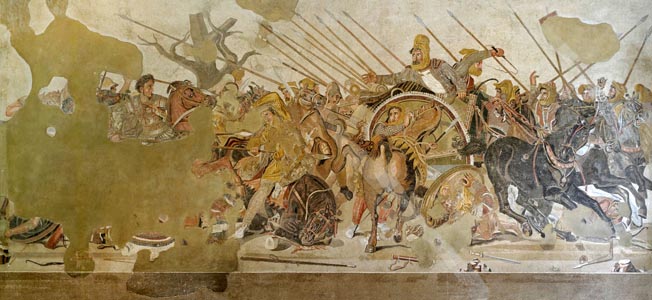
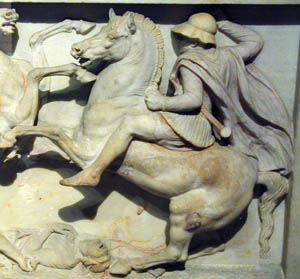
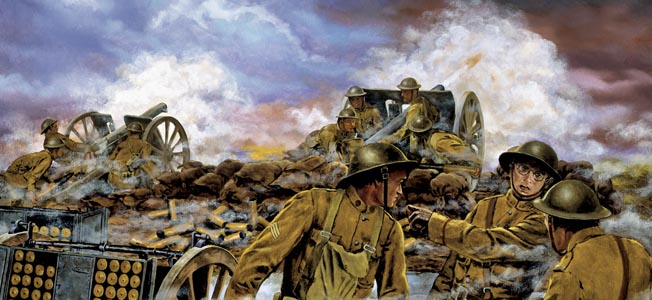
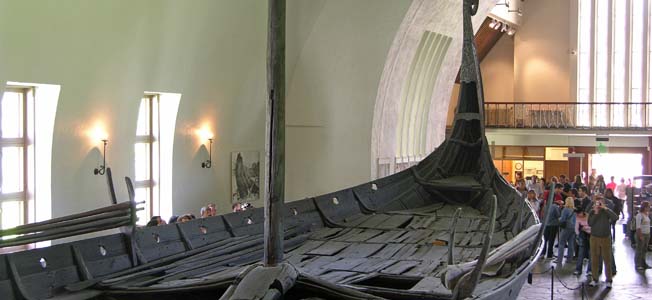
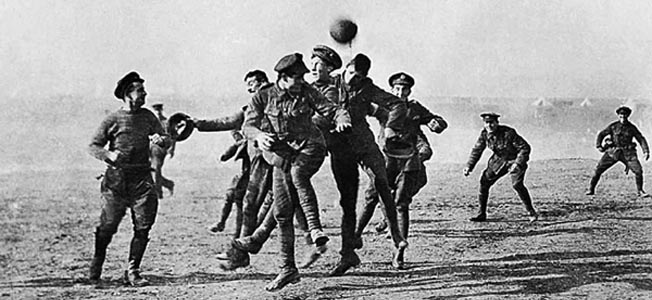
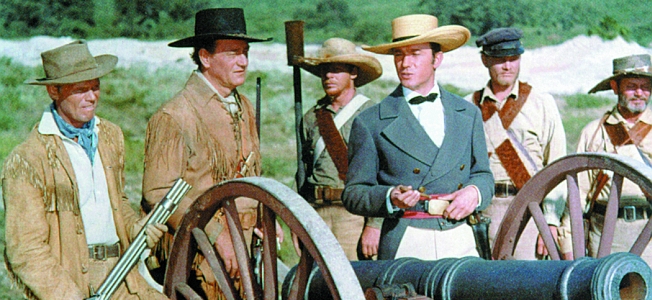
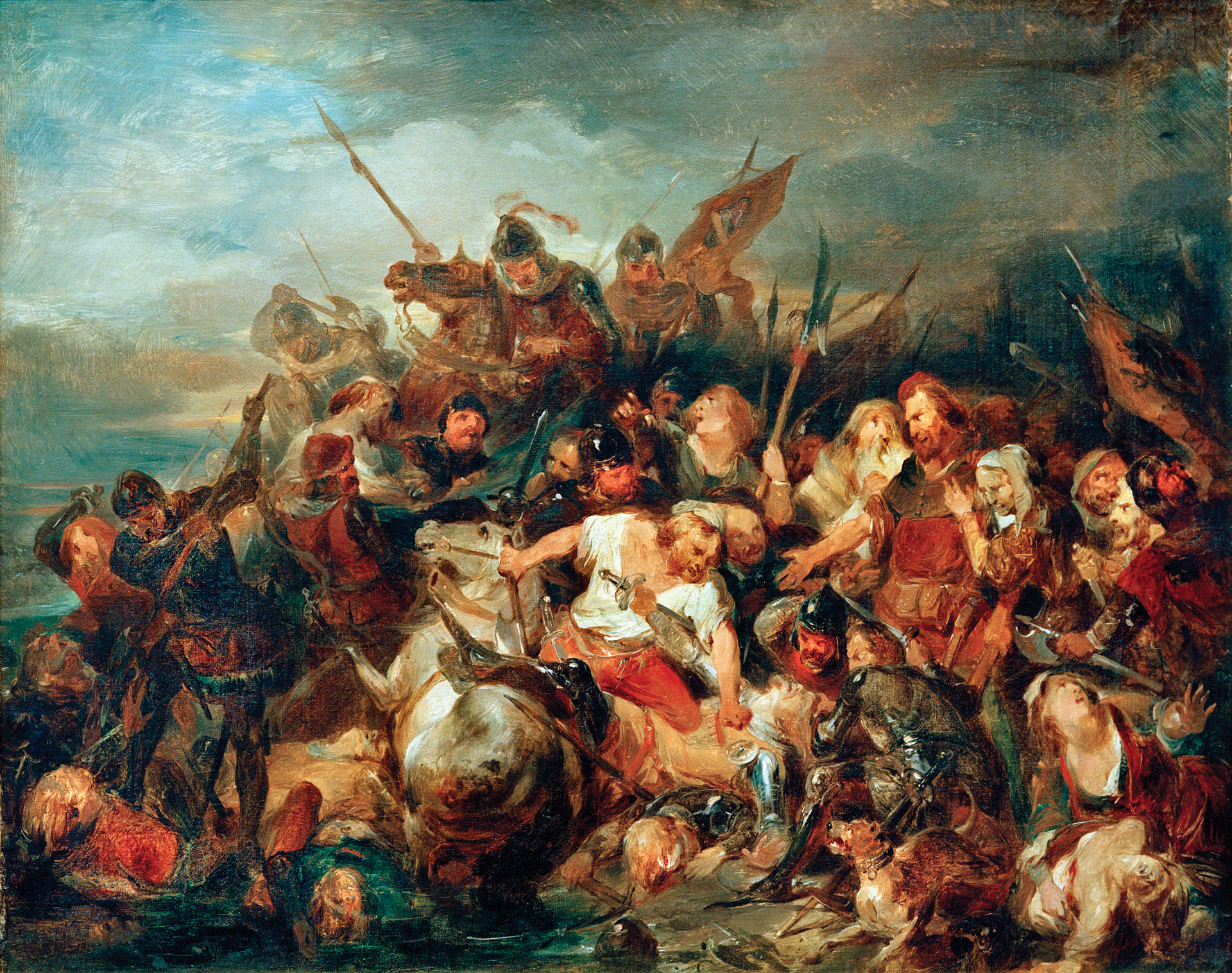
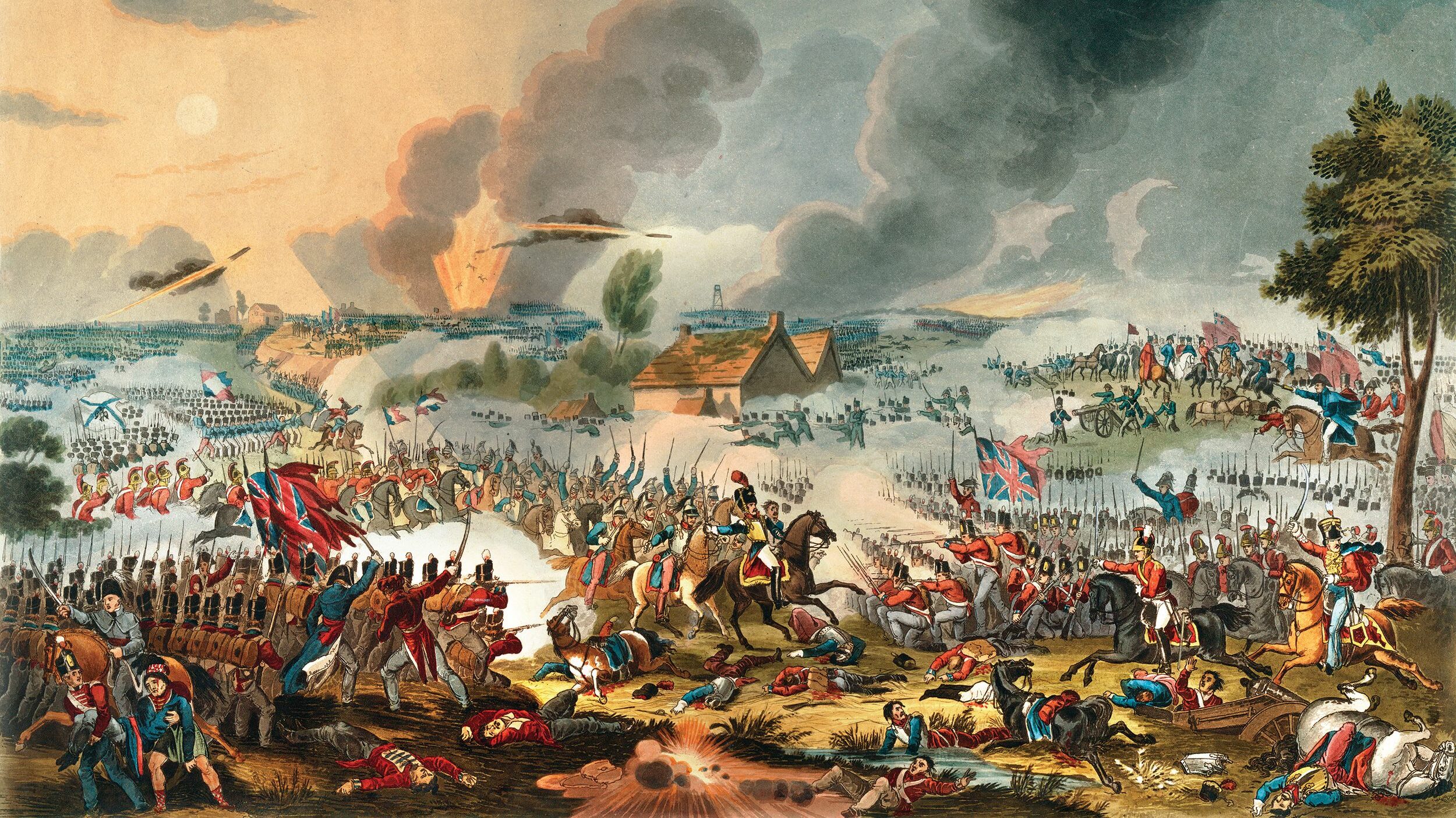
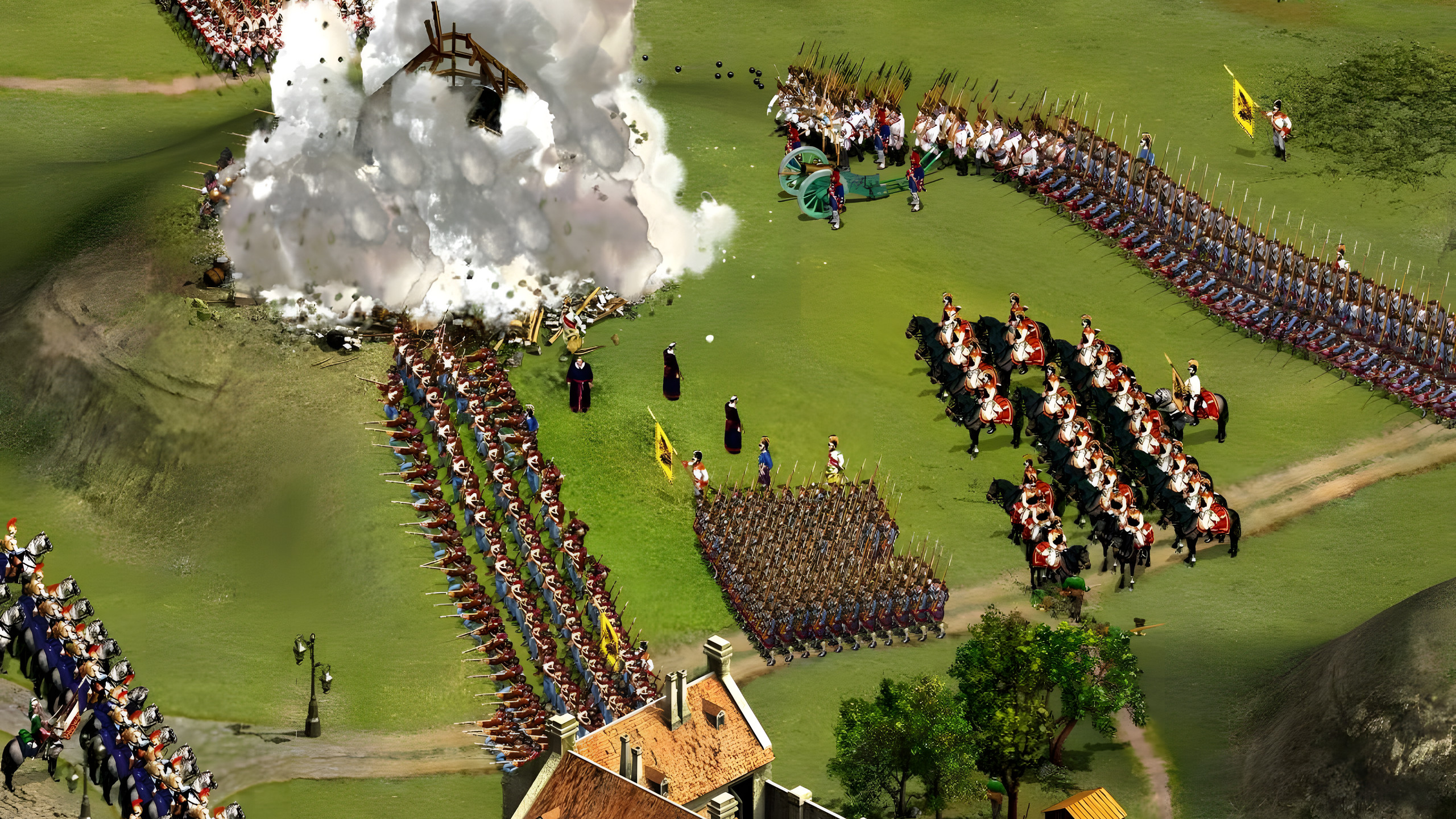
Join The Conversation
Comments
View All Comments